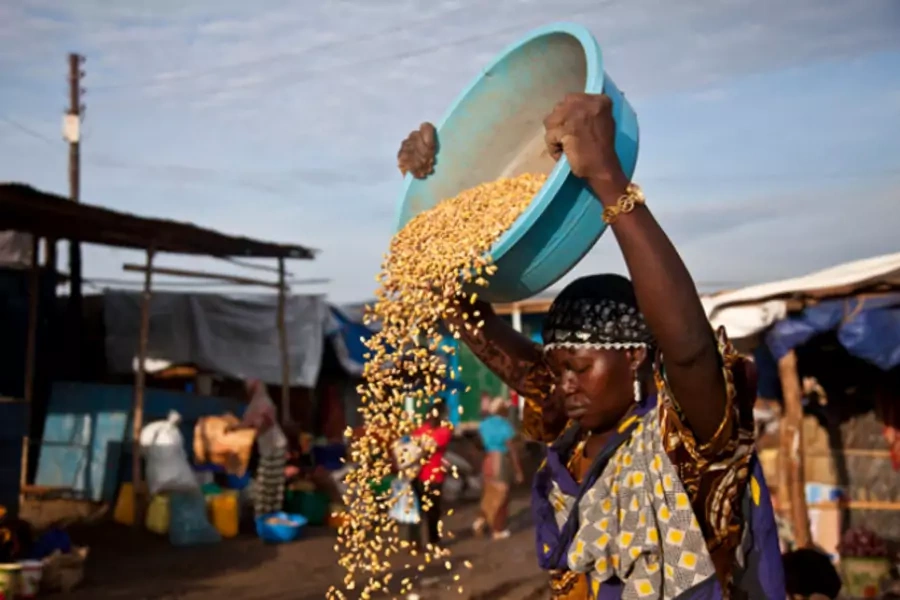More on:
This is a guest post by Lynn ElHarake, research associate for the Women and Foreign Policy program at the Council on Foreign Relations.
“Africa is now the world’s youngest continent,” writes Makhtar Diop, vice president for Africa at the World Bank. “These young people have high expectations, and African policy makers are increasingly concerned about how to meet them.”
Diop’s words open a new report from the World Bank on Youth Employment in Sub-Saharan Africa. The report was released just days after the end of the 2014 World Economic Forum, where Africa’s U.S. $2 trillion economy was a hot topic for discussion. Experts predict the continent will hold 25 percent of the global workforce by 2050, and with rising GDPs, large government investments in education, and a booming mobile industry, economic development is only expected to accelerate.
Much of this growth will be driven by Africa’s young population who hold the potential to transform not only Africa’s economy, but the world’s as well. As many as eleven million African youth are expected to enter the job market each year for the next decade, and 362 million youth expected to call the continent home by 2050.
As African youth continue to move into the economy, one group’s road to employment will prove especially difficult: women. For young women, finding work means transitioning from education to employment and asserting control over their own future. Due to social and economic gender disparities (including education, health, political participation, and finance) women are usually unable to compete in markets and are left to earn less than their male counterparts.
The World Bank report recommends cultivating a business environment that provides better opportunities for young men and women. Government-sponsored education and vocational training can prepare youth for sectors like agriculture, nonfarm household enterprises, and modern wage employment. Banking systems should provide services for young people that give them greater access to capital, credit, and savings, while land laws in agriculture should allow youth to own and manage farms. Both local and international investors should support the informal sector, which contributes to 55 percent of Sub-Saharan Africa (SSA)’s GDP and 80 percent of the labor force. Where the benefits outweigh the costs, infrastructure development in rural areas should be prioritized.
While women experience unique challenges, ensuring inclusive opportunities—such as extended education, less restrictive land laws, and financial inclusion—for male and female youth will open new doors for women. African women have already proven that they can contribute to their economy: female labor force participation in SSA is the highest in the world, and female entrepreneurs are surpassing their peers in entrepreneurial activity. Technology has given women increased access to financial services, allowing them to gain credit and reserve savings more easily than ever before.
Taking on youth unemployment may seem daunting, but the social and economic returns will pay great dividends. In order to ensure stability and sustain growth in African private and public sectors, policy must inspire job opportunities and home-grown entrepreneurship. If Africa is to reach its full economic potential, governments, foreign aid donors, and local populations alike must work to move women, especially young women, into the work force.
More on:
 Online Store
Online Store
